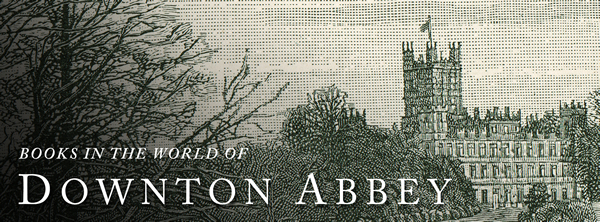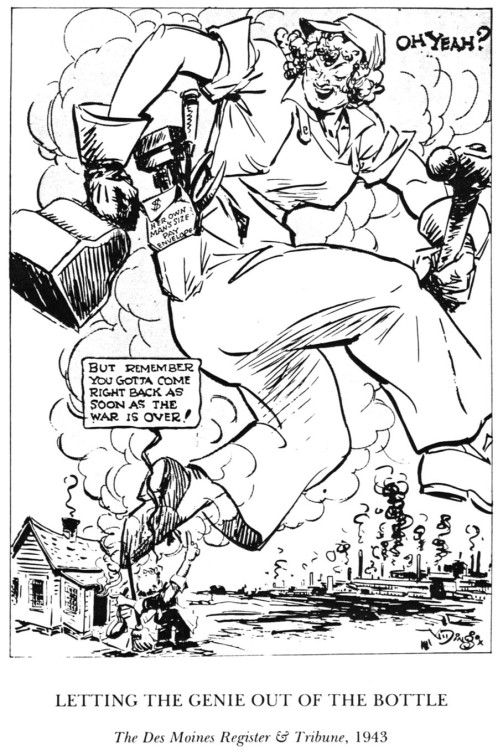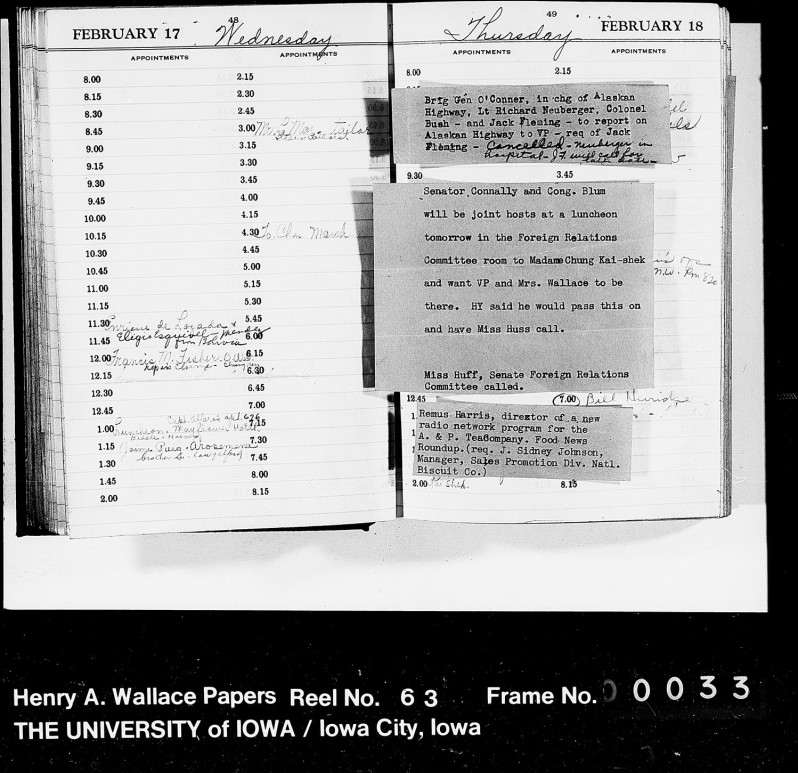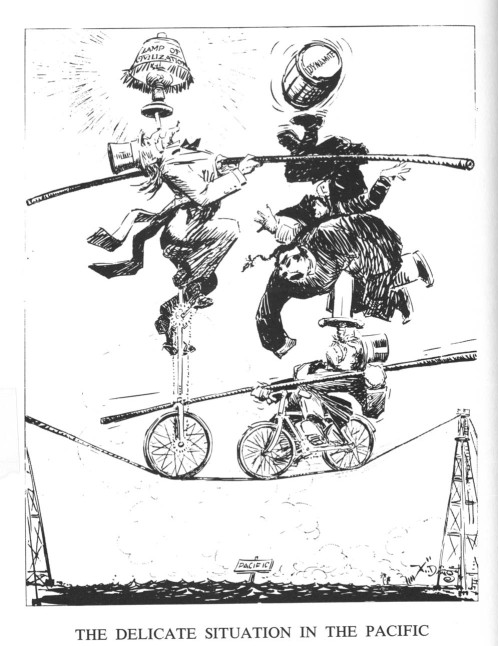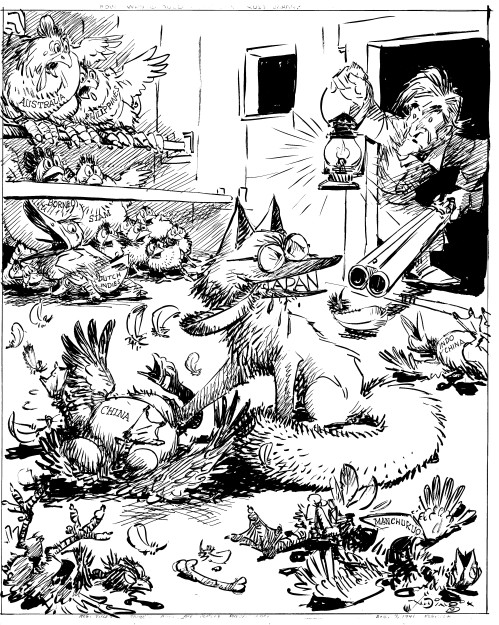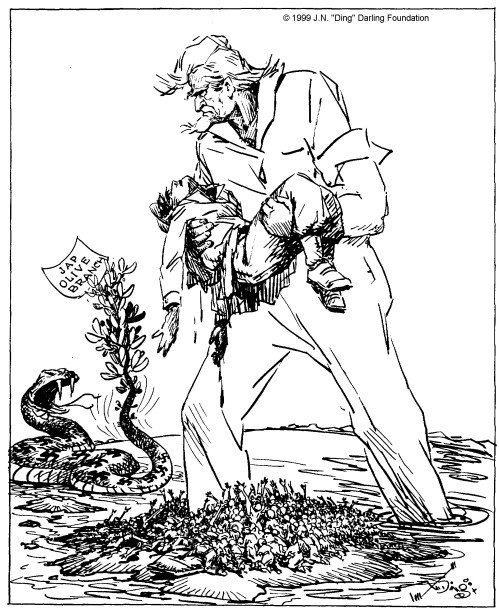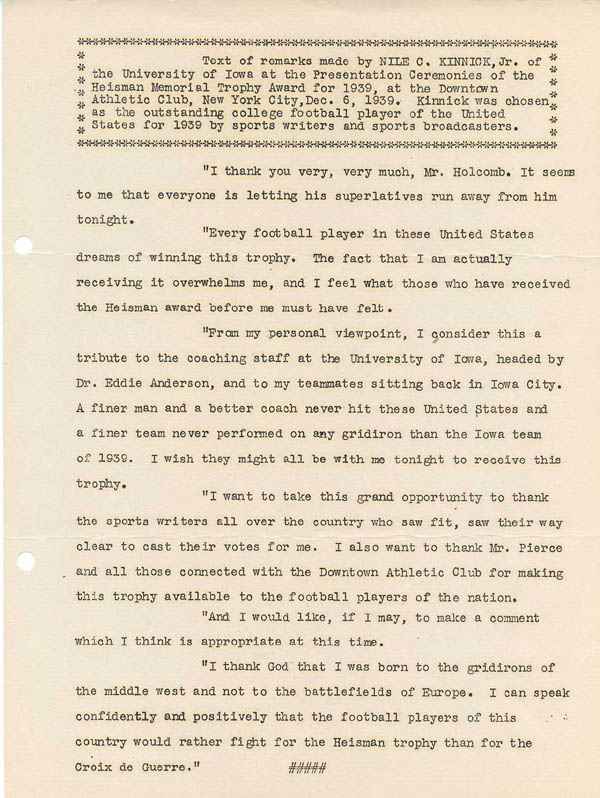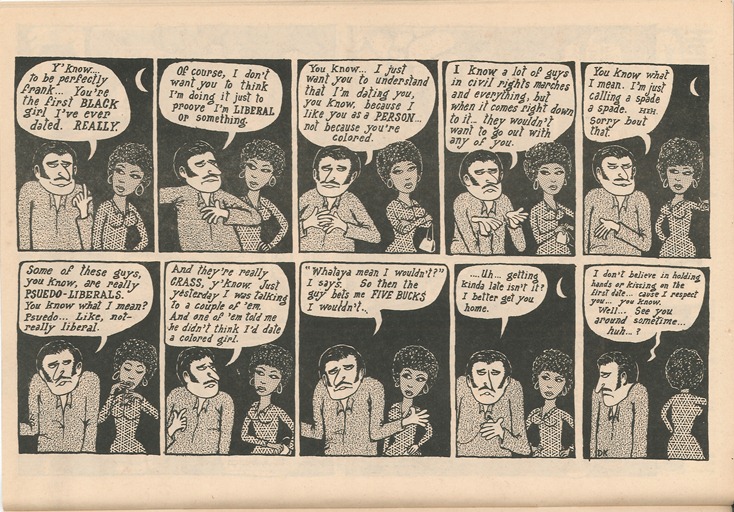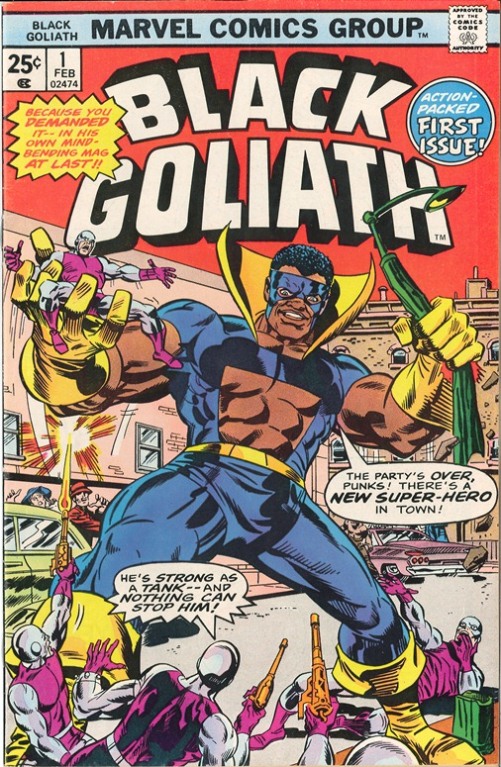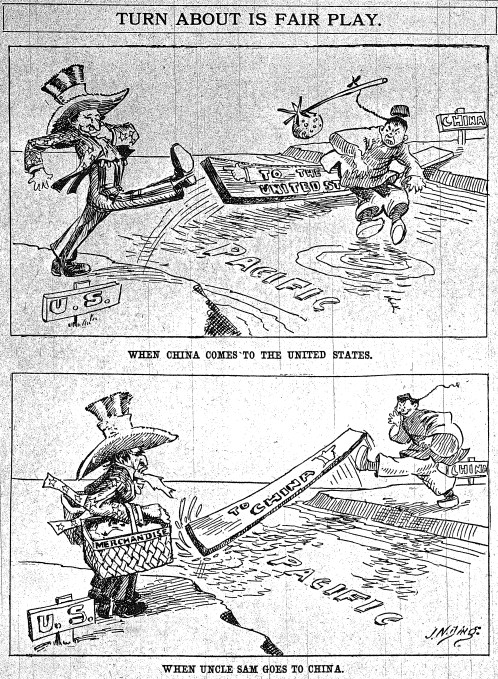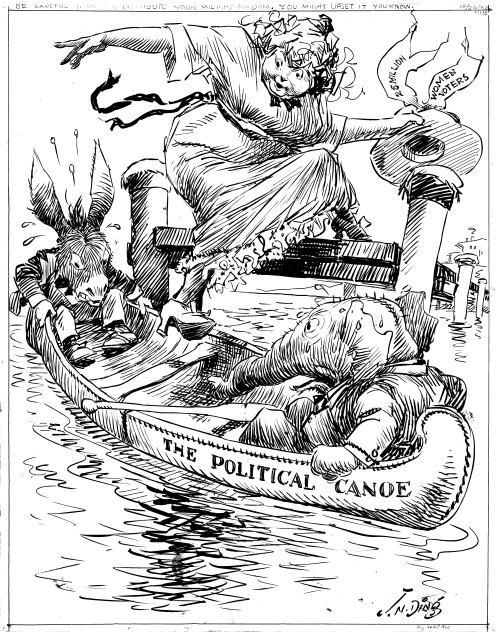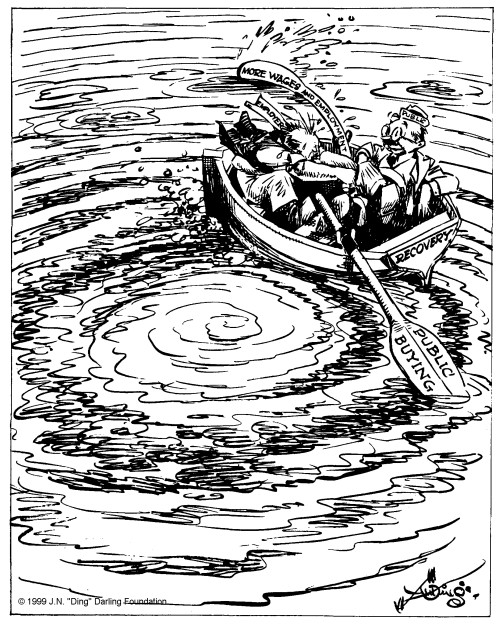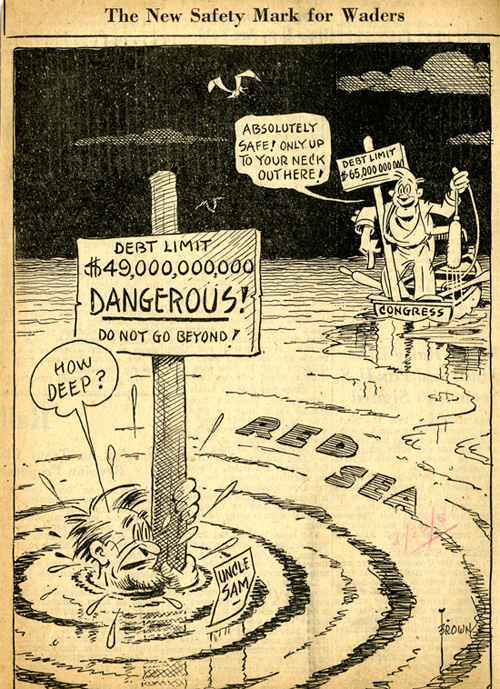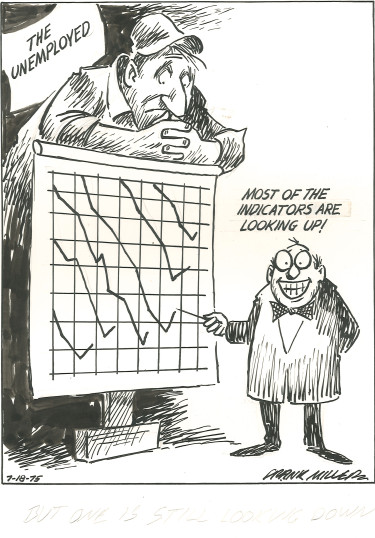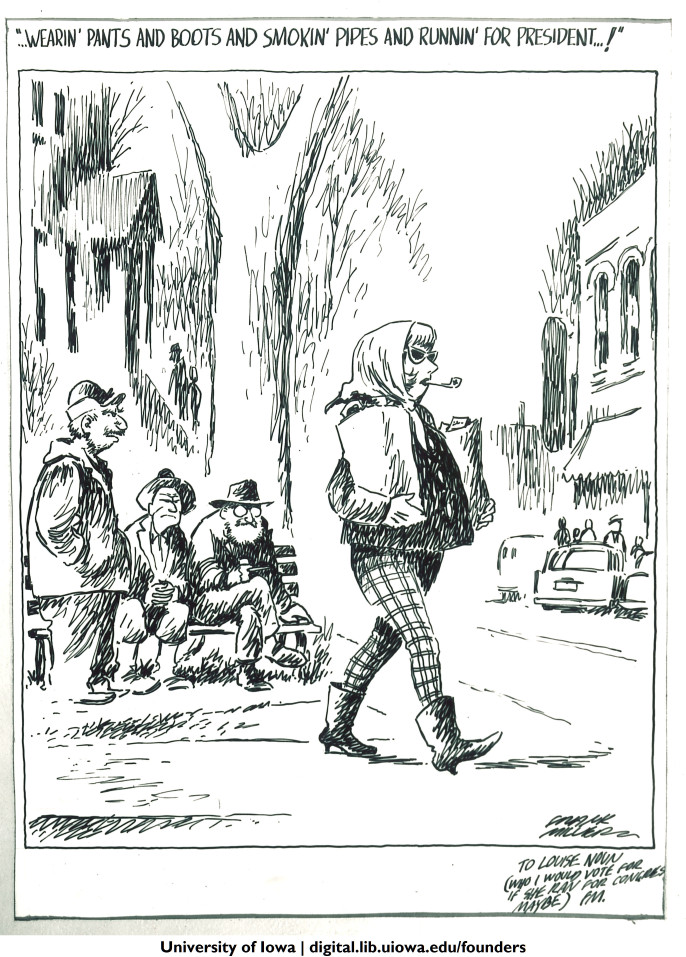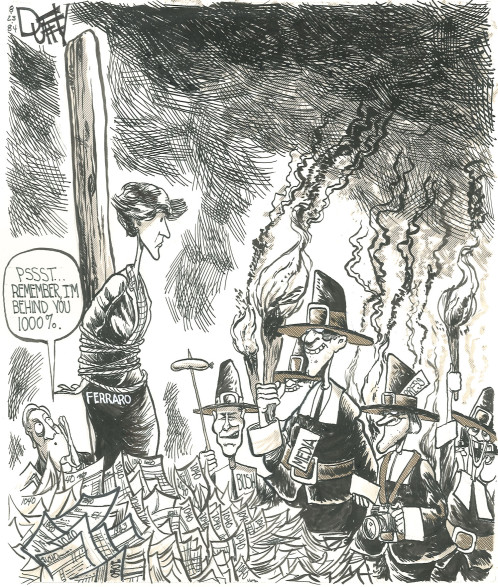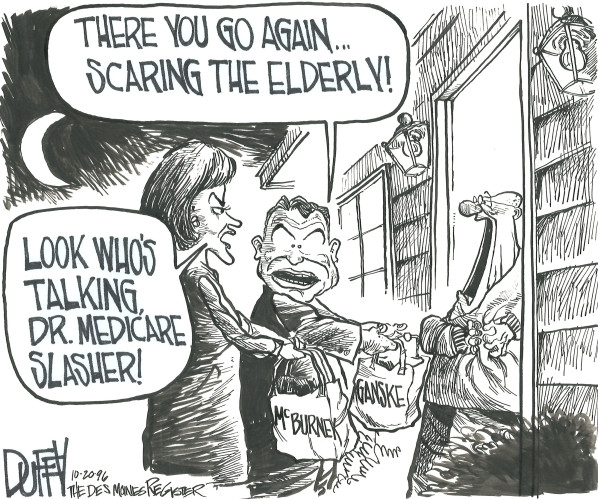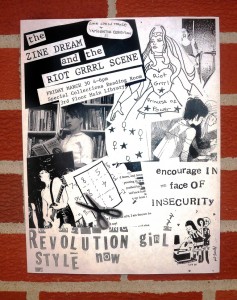 BECAUSE us girls crave records and books and fanzines that speak to US that WE feel included in and can understand in our own ways…
BECAUSE us girls crave records and books and fanzines that speak to US that WE feel included in and can understand in our own ways…
BECAUSE we must take over the means of production in order to create our own meanings.
from “Riot Grrrl Manifesto,” Bikini Kill #2
In conjunction with the Mission Creek Festival of music and literature, Special Collections hosts “The Zine Dream and the Riot Grrrl Scene” on Friday, March 30 from 4-6 pm. A cooperative project of librarians, scholars, and zine-makers, this event will highlight the 1990s Riot Grrrl movement and its independent publishing zine culture by exploring the intersection of music, writing, and social issues.
The zine open house and interactive exhibition will give visitors the opportunity to interact with and learn about zines in a variety of ways. Monica Basile, a zine-maker, artist, and PhD candidate in Gender, Women’s, and Sexuality Studies, will curate a browseable selection of zines in the reading room. We hope to open a conversation on the importance of zines and zine culture by inviting participants to share their experiences and thoughts for up to five minutes each, using the egg timer discussion format. Attendees will also have the chance to work on a collaborative zine which we will copy, collate, and share with all of the contributors. Zine newbies, Riot Grrrls, librarians, zine-makers, students, scholars, punk rockers, writers, community members – all are welcome; please join us!

